Baba Baidyanath Dham is Lord Shiva’s sacred abode and one of the twelve jyotirlingas. It is situated in the state of Jharkhand in Deoghar division. According to legend, the demon king of Lanka, Ravana constructed the temple. The temple is surrounded by breathtaking landscapes, offering visitors a tranquil environment for introspection and spiritual growth. However, to enjoy your journey to Baba Baidyanath Dham you should know about the best time to visit this temple. During Shravan, pilgrims, undertake a challenging journey on foot to the temple, carrying river Ganga’s holy water to offer to the deity. If you want to avoid crowd you can visit the temple during winter. However the best time to visit Baidyanath will depend on your preference and the kind of experience you want to have.
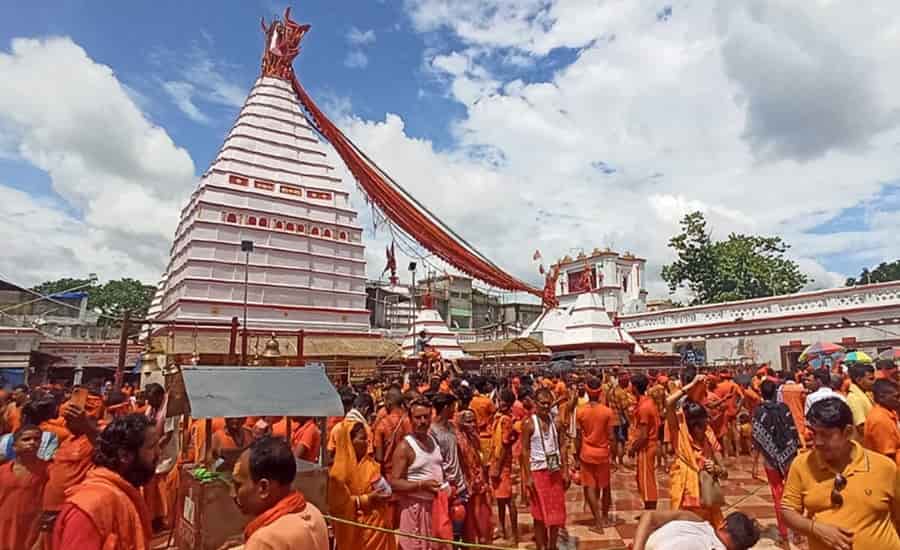
Weather in Baidyanath Dham
Summer (April to June): April to June marks the summer season in Baba Baidyanath Dham with very high temperature and unbearable weather. The average temperature during this time of the year ranges around 35 to 40 degrees Celsius. However, it is still considered to be an auspicious time to visit the temple.
Monsoon (July to September): The monsoon season in Baidyanath Dham lasts from July to September when the region experiences humid weather. Although it can be a bit challenging to travel during this season the entire area gets wrapped in lush greenery making it an ideal time to visit the temple to relish the surreal sceneries. The temperature is pleasant during this time of the year making it an ideal time to visit Baidyanath Dham.
Winter (October to February): The winter season starts in October and lasts till February in Baidyanath Dham. Winter is considered to be a good time to visit Baidyanath Dham as the crowd is less and the weather is ideal for sightseeing and outdoor activities. Festivals like Makar Sankranti and Diwali are also celebrated during this time of the year. However, if you’re travelling during this time you should carry optimum woollen clothes.
Best Time for Baba Baidyanath Dham Darshan
We bring to you a detailed guideline of when to visit Baba Baidyanath Dham for a memorable travel experience.
- During the July and August months tourism is at its peak in Baidyanath Dham due to the Shravani Mela fair. During the month of Shravan, Baidyanath Dham is very overcrowded so you should book accommodation beforehand if you’re planning to travel in this season.
- The winter season is also a good time since the climate is generally moderate, with average temperatures ranging around 10°C to 25°C. It is considered to be the perfect time to visit the temples and other nearby attractions as the heat is not at its peak.
- However, from March to June; the temperature can rise above 40 ° C making it uncomfortable uncomfortable for sightseeing or outdoor activities. During July to September Baidyanath Dham experiences good weather with the arrival of the monsoon.

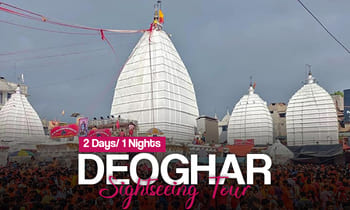
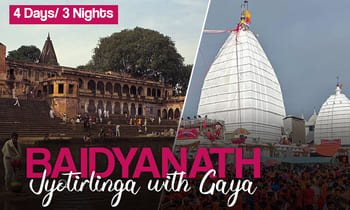
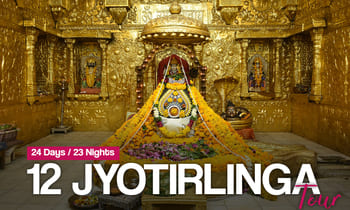
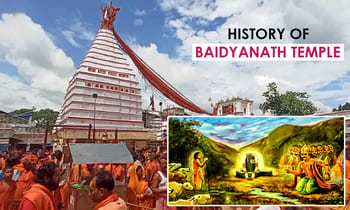
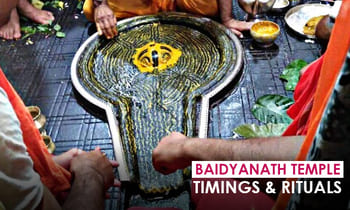
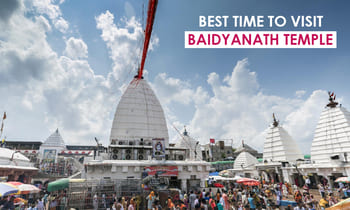
 Call
Call WhatsApp
WhatsApp Enquiry
Enquiry
where to stay overnight in deoghar
Ratri vishram kanha kare